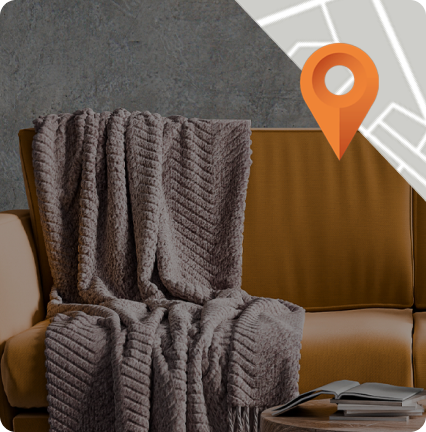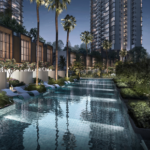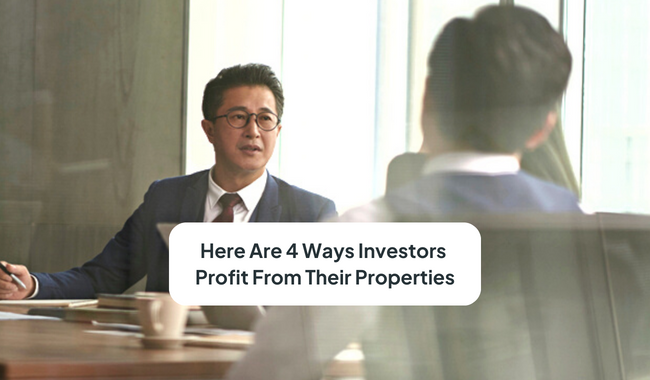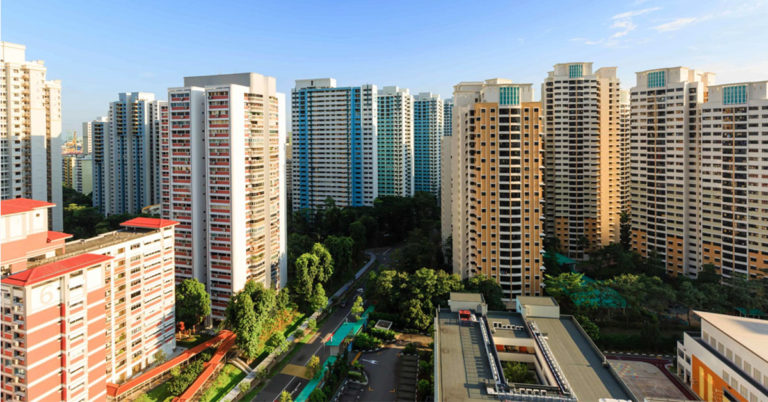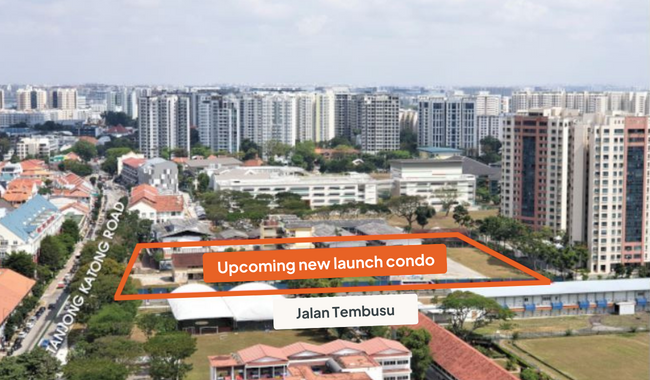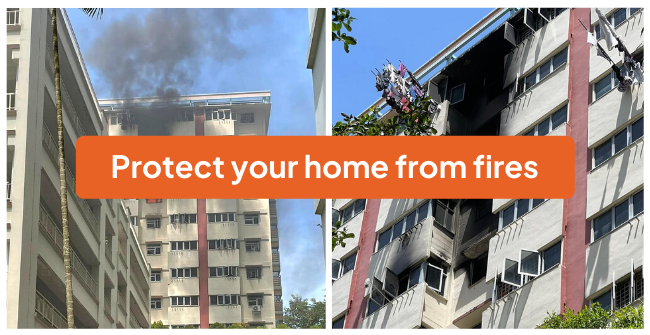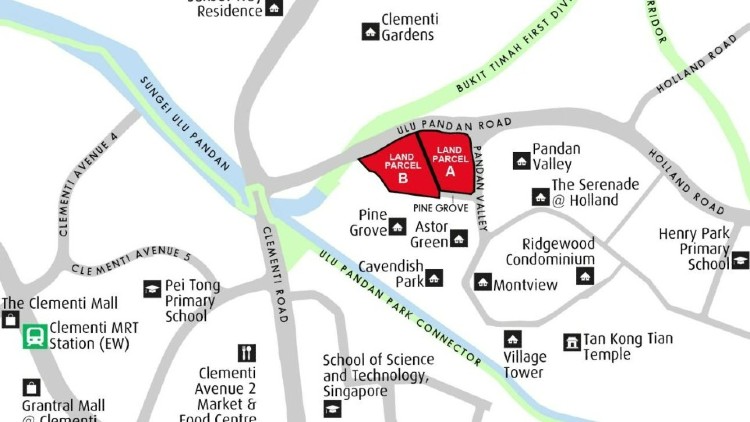There are four main methods of property investments in Singapore – flipping properties, capital appreciation, earning rental income, and investing in Real Estate Investment Trusts (REITs). Understanding the different methods can be rewarding but risky. Here we also highlight certain risks involved with each method.
1. Flipping
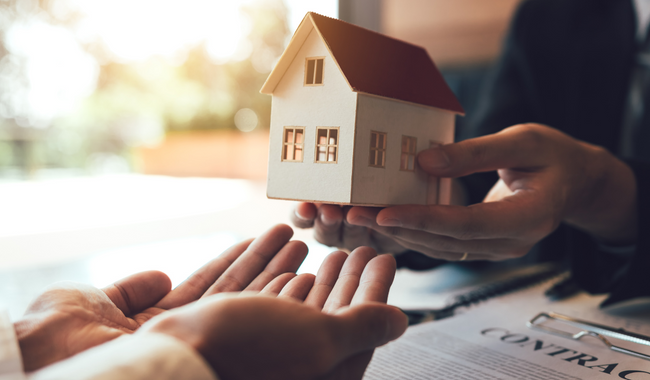
In the old days, especially before the 2000s, it was easy to buy and sell properties quickly, before the Seller’s Stamp Duty (SSD) was introduced in 2010 and the Additional Buyer’s Stamp Duty (ABSD) on 8 December 2011. These two types of stamp duties aim to moderate demand for residential property, ensuring that residential property remains affordable for Singaporeans and that prices move in tandem with economic fundamentals. Simply put, they are anti-speculation measures. Flipping is a highly speculative strategy.
However, many savvy investors will still attempt this, as returns are quicker than old-school capital appreciation, and in a much larger quantum than rental yields.
There are two main ways to flip properties in Singapore and both require a shrewd eye and a keen grasp of the market.
#1: Buying a rundown property below market rate, restoring, and reselling it for a profit.
While this method is pretty self-explanatory, you need a good eye to spot opportunities within shabby properties with conditions that will help it sell easily after restoration. The property restoration also cannot cost too much or it will eat into your profit margin.
However, this may not be too applicable for properties here in Singapore as rundown properties are extremely rare; most homes here are relatively new. Plus, there are property cooling measures in place that make it harder to flip properties.
#2: Sub-sale for new launches.
To put it simply, a sub-sale is a new launch unit you buy from the developer and sell the Option To Purchase (OTP) to another buyer before completion. Private property sold within 3 years of purchase is subject to Seller’s Stamp Duty (SSD).
Let’s say you have a new launch condo that takes 4 years to build. If you can successfully sell it off between the 3rd and 4th year, not only will you have nimbly dodged paying SSD, but you can also cash in on the demand for units nearing completion as buyers wouldn’t have to wait too long to get their home. Essentially you’re trading patience for profit as a home that is ready in 1 year compared to 4 years would drive a higher price.
In addition, this method requires very little capital outlay as some developers may offer delayed or progressive payment schemes that benefit sub-sale sellers (try saying that 7 times in a row) even more.
Risk Highlight: Flippers who want to achieve a sub-sale must have a strong base of ready buyers or a solid real estate network as they could very well incur SSD if they are unable to pull off the subsale after the SSD holding period of 3 years, and before the Certificate of Statutory Completion is issued.
Also, developers may still have existing units that are cheaper than the asking price of your sub-sale. Many developers may offer big discounts to clear that stock so they don’t incur penalties.
2. Capital appreciation

Capital appreciation takes place when your property value increases from the date of your purchase. In layman terms, if you pay $400,000 for your HDB and sell it off for $500,000 after MOP, the capital appreciation of your property is $100,000. This is a slow but stable method of investing in property. However, a good eye for profitable properties will help increase capital appreciation.
A good location, an abundance of amenities and good schools in the area, rising gentrification, and mass developments in a relatively undeveloped area contribute to the capital appreciation of your property.
Risk Highlight: When investing in a second residential property, you need to take note of cooling measures like the Additional Buyer’s Stamp Duty (ABSD) and Total Debt Servicing Ratio (TDSR) limit. Since 2021, the ABSD has been increased to 17% for Singaporeans buying their second property and 25% for subsequent purchases. Simultaneously, buyers must comply with the lower TDSR limit of 55% when applying for a mortgage. Combined, this translates to a higher down payment and lower loan limit.
3. Be a landlord
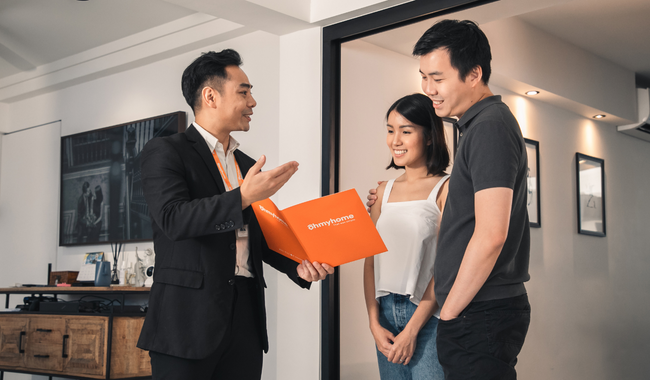
Even HDB dwellers can aim to be landlords to earn rental income. However, there are many things you need to know, from different rules affecting different residential property types, to whether the rental income is worth the kinds of headaches it may come with.
Similar to flipping, an investor who wants to rent out the entire property needs to know what makes an attractive property, in an accessible location, with great amenities nearby, to secure a good rental yield. Renting can be a lucrative long-term strategy, and you have the option of selling off the property for a tidy profit during a seller’s market.
Risk Highlight: While we’ve already highlighted the many issues that tenants may bring, there are also financial aspects you need to take note of. Rental income may be unstable if you keep getting tenants who break their lease prematurely. To rent out HDB flats, you are also subject to various regulations and the MOP.
Your rental income must at least have positive cash flow to be profitable. This means it is a bad idea to buy a property where you cannot really afford the mortgage, with the idea that you’ll rent it out and the rent can “cover” your monthly instalments. You also need some spare cash to cover renovation costs, and monthly repairs.
Your rental home likely won’t be your first property, which means you will have to pay ABSD. You need to calculate whether long-term rental will help you eventually recover the cost of ABSD and turn a profit.
Have a property you can rent out? Start your fuss-free journey as a landlord with Ohmyhome here.
4. REITs
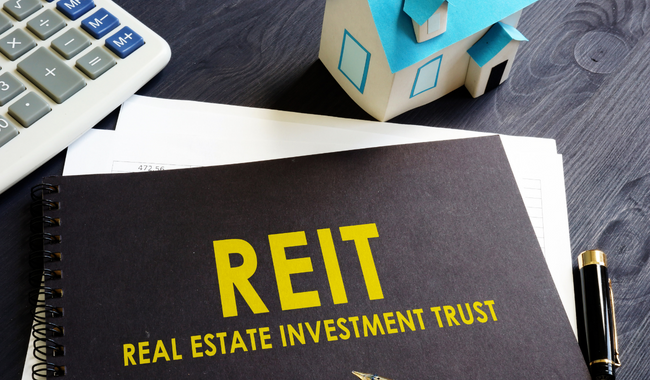
Real estate investment trusts (REITs) are a relatively popular way to invest in property without having to deal with all the physical aspects of owning one. A REIT pools your money together with other investors’ in a joint investment programme that invests in a portfolio of real estate assets. This can include commercial, retail, industrial, hospitality and healthcare REITs, each with its own set of opportunities and risks.
REITs are professionally managed, and are traded like shares. They are popular with yield-hunting investors as they pay out regular dividends. REITs afford investors liquidity that physical real estate cannot.
Risk Highlight: While REITs are one of the most accessible ways for the layman to invest in real estate, given the low upfront cost and little to no management required, risks can still occur, such as interest rate hikes which cause price volatility, or changes in government policies regulating real estate. Just like any publicly-traded product on stock exchanges, REIT prices are subject to demand and supply. There is a risk that investors will receive less than the original amount invested when they sell their units in a REIT, resulting in a capital loss.
Looking for a good investment property? Let us help!
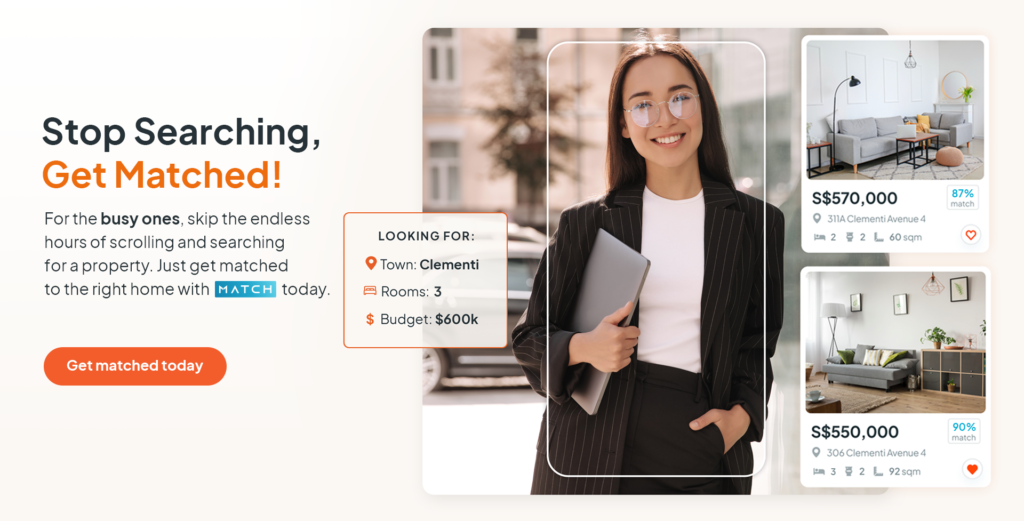
Let Ohmyhome’s smart data-matching technology MATCH you with the right home, according to your specific needs. Submit your preferences to us and our algorithm will filter all our available listings based on those, and we’ll WhatsApp them to you once we find a match. We’ll also send you relevant content that you can use for your research and inform your home buying decision, so you no longer have to spend hours searching online for the information that you need. Because at Ohmyhome, we’re always by your side, always on your side.
Secure an appointment with any of our Super Agents by dropping us a message on WhatsApp or via our Live Chat at the bottom, right-hand corner of the screen.





